Over 3.7 million blog posts were written today.
The market is flooded with blog articles. So how does your content have a chance of standing out?
And while blog competition increases, click-throughs on display ads have continued to decrease. In fact, the average click-through rate of display ads is a staggeringly low 0.05%. Yikes.
Video marketing may be the solution to let your content shine.
By 2021, video traffic will account for 82% of all consumer Internet traffic.
The increasing importance of video marketing is clear. But, is it the right time to add video marketing to your content marketing strategy?
Here’s a list of three reasons why you need to invest in video marketing and three reasons why video marketing might not be the best fit for you.
Three reasons to invest in video marketing
1. Provide valuable information
If someone lands on your page and can’t figure out what it is that you do, that’s when bounces happen.
When Dropbox first launched, the concept was fairly foreign to most.
Since Dropbox’s UI wasn’t a familiar idea, they decided to add a video to their landing page that explained what Dropbox is, and how it works.
After adding the video, Dropbox saw their conversion rate go up 10%.
Adding a video to a landing page can actually boost your conversions as much as 80%.
Users need to not only understand what your brand, product or service is, but also how to use it.
If someone can’t connect to your product, then why would they stick around to read more about it?
The problem and the solution need to be clear, concise and obvious.
A landing page with crowded text will go unread.
So do away with long, drawn-out explanations of a service. Instead, insert a video.
Poo-Pourri is a great example of this. It’s a novel product in a newer product category. At the time of its launch, there weren’t many other products like it.
A video on the landing page visually explains what could be a confusing concept. It details how the product works and also demonstrates where to use Poo-Pourri.
Video is a useful medium for easily deconstructing a complicated theory, concept or idea.
In fact, Forrester Research estimates that one minute of video equates to approximately 1.8 million written words.
It visually or audibly explains the benefits of a service and lets a viewer fully comprehend in a digestible way.
90% of information transmitted to the brain is visual, and visuals are processed 60,000 times faster in the brain than text.
Videos can also enforce a strong CTA. Take the landing page for Prezi, for example:
The introductory video plays on the landing page, below the CTA button.
The animated video demonstrates how easy Prezi is to use and how users can create dynamic presentations. The CTA button invites users to click through to ‘see how it works.’
2. Reach a new audience
Many companies think of video marketing as a ‘nice to have,’ not necessarily a ‘need to have.’ And I can understand why. Video marketing is a big investment of time, effort, and money.
Your competitors will all have a social media presence, email marketing, and a blog but they may not have video marketing.
So, why bother?
As the market becomes more and more saturated, it’ll be important to separate from the pack.
Video content continues to grow, as does the appetite for it. 53% of people want to see more video content from marketers.
On YouTube, almost 5 billion videos are watched every day. The average mobile-viewing session on YouTube lasts more than 40 minutes.
If you don’t embrace video marketing, you’re missing out on establishing yourself as a leader and authority on your service or industry. And you’re also missing out on a large potential audience.
If you aren’t capitalizing on that traffic, you won’t be generating those leads.
Remember Dollar Shave Club?
Before that viral video, had you heard of the company?
Probably not. An effective video, like the one Dollar Shave Club produced, can define a brand.
80% of users can recall a video ad they viewed in the last 30 days.
And enjoyment of video advertising increases purchase intent by 97% and brand association by 139%.
More than a third of all online activity involves watching videos.
The virality of Dollar Shave Club’s video took the startup to a multi-million dollar company. Capitalize on consumer behavior like Dollar Shave Club did.
As consumers gather their information through video, let them discover your brand with an entertaining and informative video.
85% of the U.S. audience watches videos online. And in 2019, video is forecasted to make up 80% of all Internet traffic.
If you’re not working to capture a slice of this pie, you’ll end up hungry for leads.
LSA surveyed 2,000 consumers and found that 44% of buyers viewed an online video while searching for products and services.
53% of viewers actually contacted the business after watching a video, and 51% visited the business’s website.
As users search for your products, services or business online, make sure they‘re finding your video.
Adding a video to your post can increase your chances of making it to the top of Google’s search results by 53%.
Video content opens you up to an entirely new audience that can find you and buy your product or service.
After watching a product video, viewers are 85% more likely to purchase, and they spend 100% more time on pages with videos.
As Google puts more emphasis on videos and we consume more and more videos, without a strong strategy you’re left with a serious case of FOMO.
Get ahead of your competitors and put together a video marketing plan.
3. Conversion
Video is a great way to disperse a message and convert viewers, but if the message isn’t compelling in the first place, it can fall flat.
Refilling a Brita isn’t a topic you would usually rap about. However, when Clorox brand Brita partnered with influencer King Bach and NBA player Stephen Curry, the outcome was a funny rap video about just that.
Consumers are bored by sales-focused messages. I mean, would you want to watch a commercial just about how great something is?
Content that strictly pushes a commercial agenda doesn’t engage with an audience.
You can have video content posted, but if it doesn’t resonate, no one will watch it.
Provide video content for your viewers that gives them something of value.
Whether it’s information on how something works, what a product does, or just pure entertainment like the Brita video above.
A viewer becomes engaged and will stay to watch your video if it’s of interest to them.
The Brita spot led to over 2 million views and a 2,000% mobile search lift.
According to Invodo, 52% of consumers say that watching a product video makes them feel more confident about making a purchase.
Viewers who watch product videos are almost two times more likely to purchase a product.
Clinique tested three, six-second bumper ads on YouTube. Results showed a relative ad recall lift of 69.4% and a product awareness lift of 26.1%.
It’s clear how effective video can be. However, before initiating your video marketing efforts, put together a well-constructed strategy for your specific audience.
You should be able to answer the following questions before you develop a video marketing strategy:
- Who is watching these videos?
- Where are they watching them?
- Why are they watching them?
- When are they watching them?
So let’s dive into those.
Who is watching these videos?
Car parts retailer Advance Auto Parts included instructional and how-to videos on its website and on its Facebook page.
They found that visitors who watched a video stayed on the site twice as long and visited twice as many pages compared to those who did not watch a video.
Knowing their audience played a big part in this success story. Those purchasing car parts should have tutorial videos at their fingertips as they are most likely DIYers.
The videos show how consumers can make the most out of the items they have purchased. They know their audience wants this information because they engage with it through social media and on-site.
Where are they watching them?
Once you have an understanding of your audience, consider where they will be searching for this information or where they would want this information.
Retailer Zappos added product videos to their product pages and saw an increase anywhere from 6% – 30% in sales.
In this instance, a product video, wouldn’t work on a channel like YouTube.
They’re in the purchasing funnel, looking to buy. And that’s why they’re on the product page.
Give them the info they need to complete their purchase.
Your strategy should differ for landing pages, YouTube, product pages or other areas.
Why are they watching them?
Do they need an intro to the company? Or a detailed tutorial on a specific product feature?
Use your analytics, consumer insights, and customer feedback to determine your video content.
A SaaS company might find hosting videos on how to get the most out of their product on their site successful.
However, on YouTube, they may want to think about entertainment value and explore interviews with thought leaders.
An e-commerce site might take advantage of product videos to increase sales but on YouTube, could consider partnerships with content creators that use products in new and innovative ways.
Take this World Market makeover, for instance:
When are they watching them?
Your strategy should differ whether it’s a landing page, product page, social channel (Facebook or YouTube) or an FAQ section.
Video content should match what the consumer is after, when they’re after it.
Lands’ End makes use of video marketing in a unique way: by having customer service agents ready to video chat within the Customer Service section.
Customers can get instant access to representatives, ask questions and get the answers they need.
 https://blog.kissmetrics.com/is-it-time-to-add-video-marketing-to-your-content-marketing/
https://blog.kissmetrics.com/is-it-time-to-add-video-marketing-to-your-content-marketing/

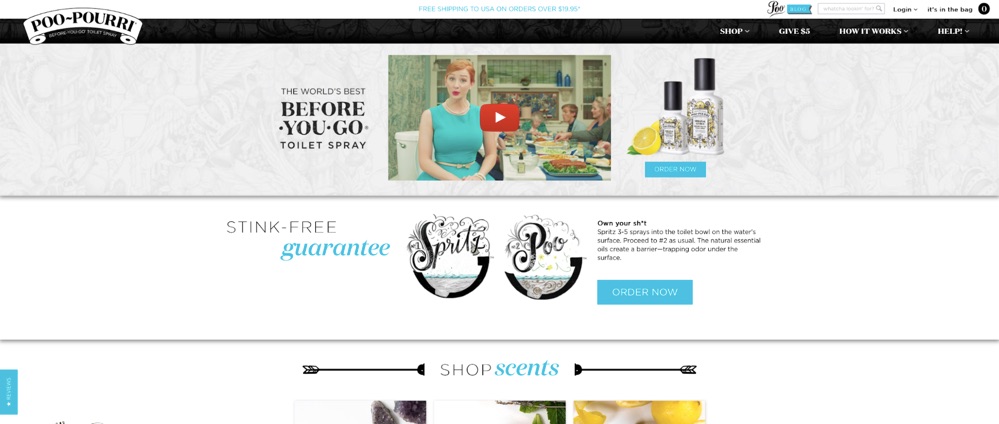
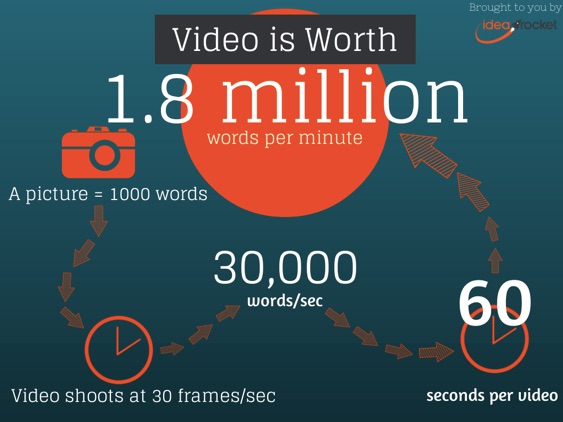
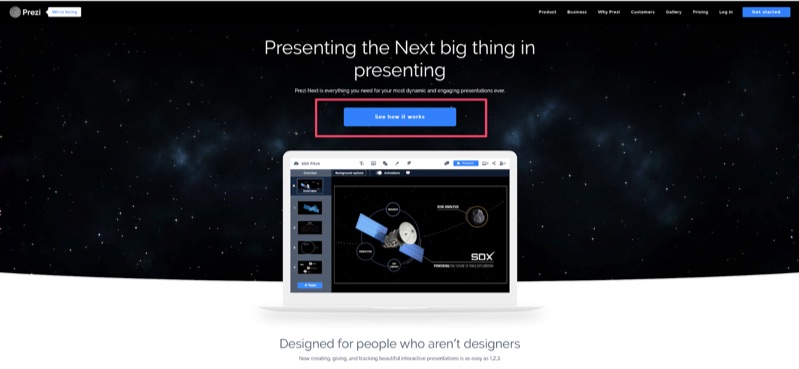


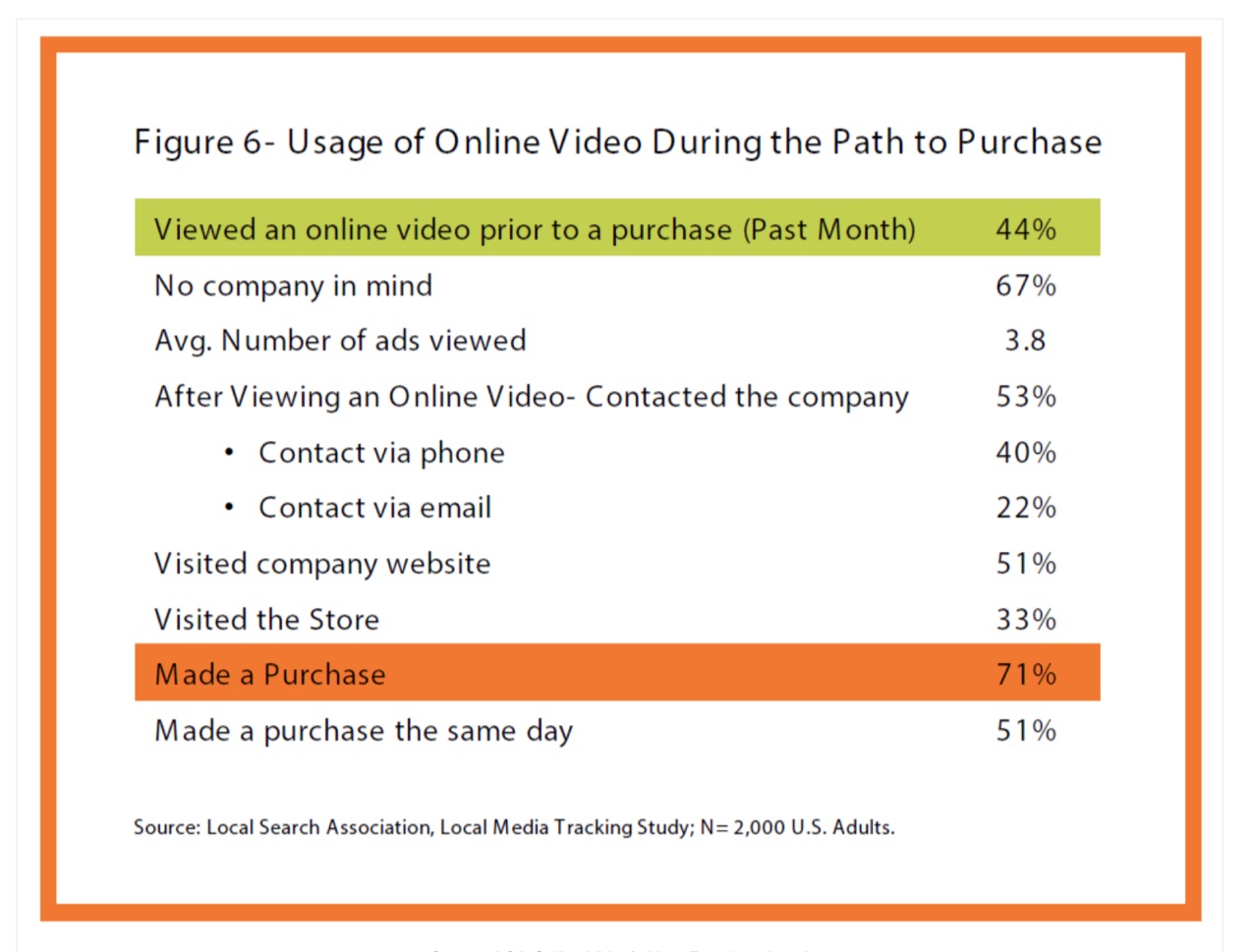
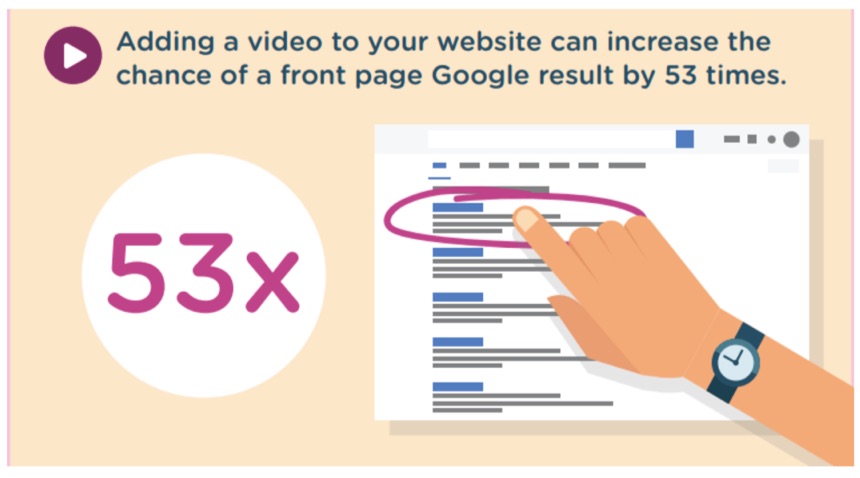
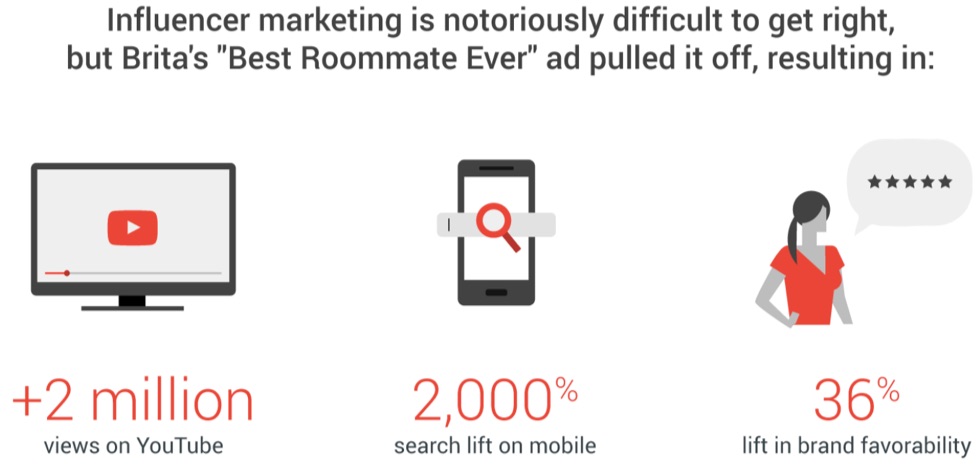


No comments:
Post a Comment